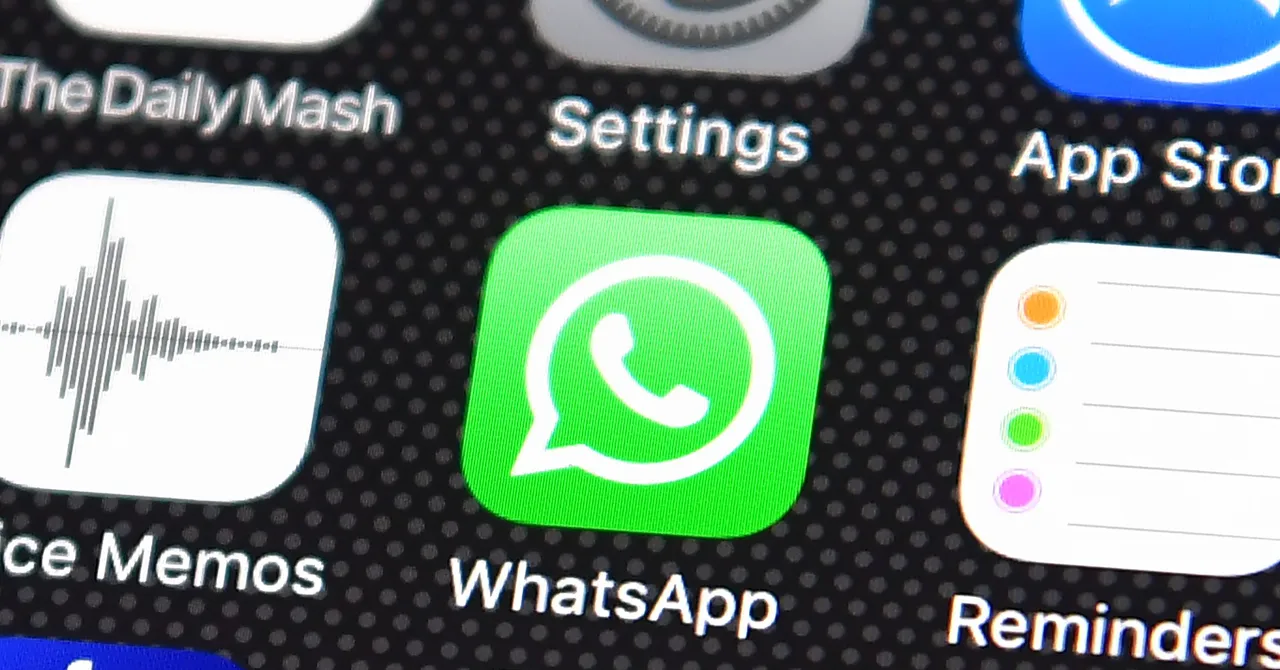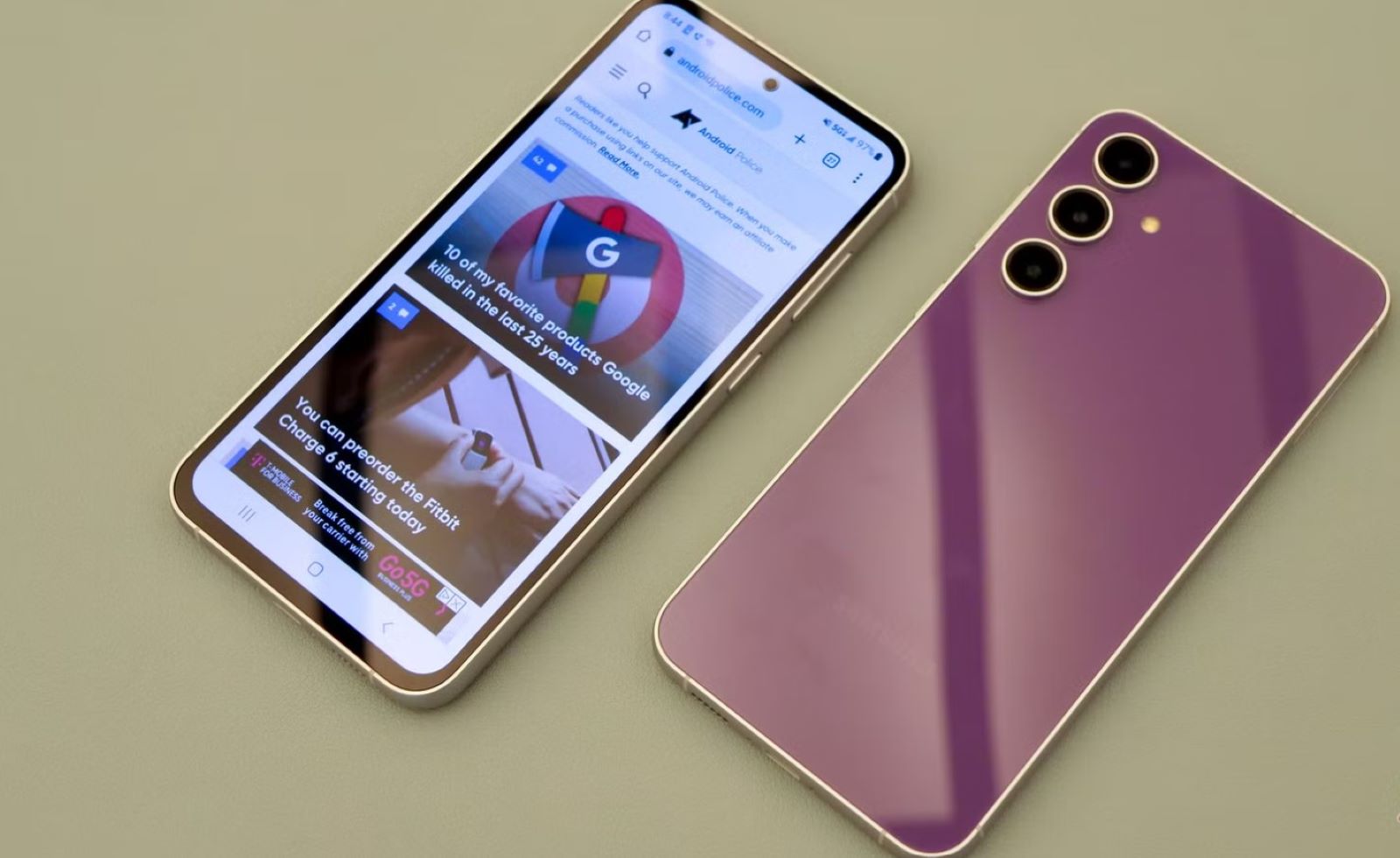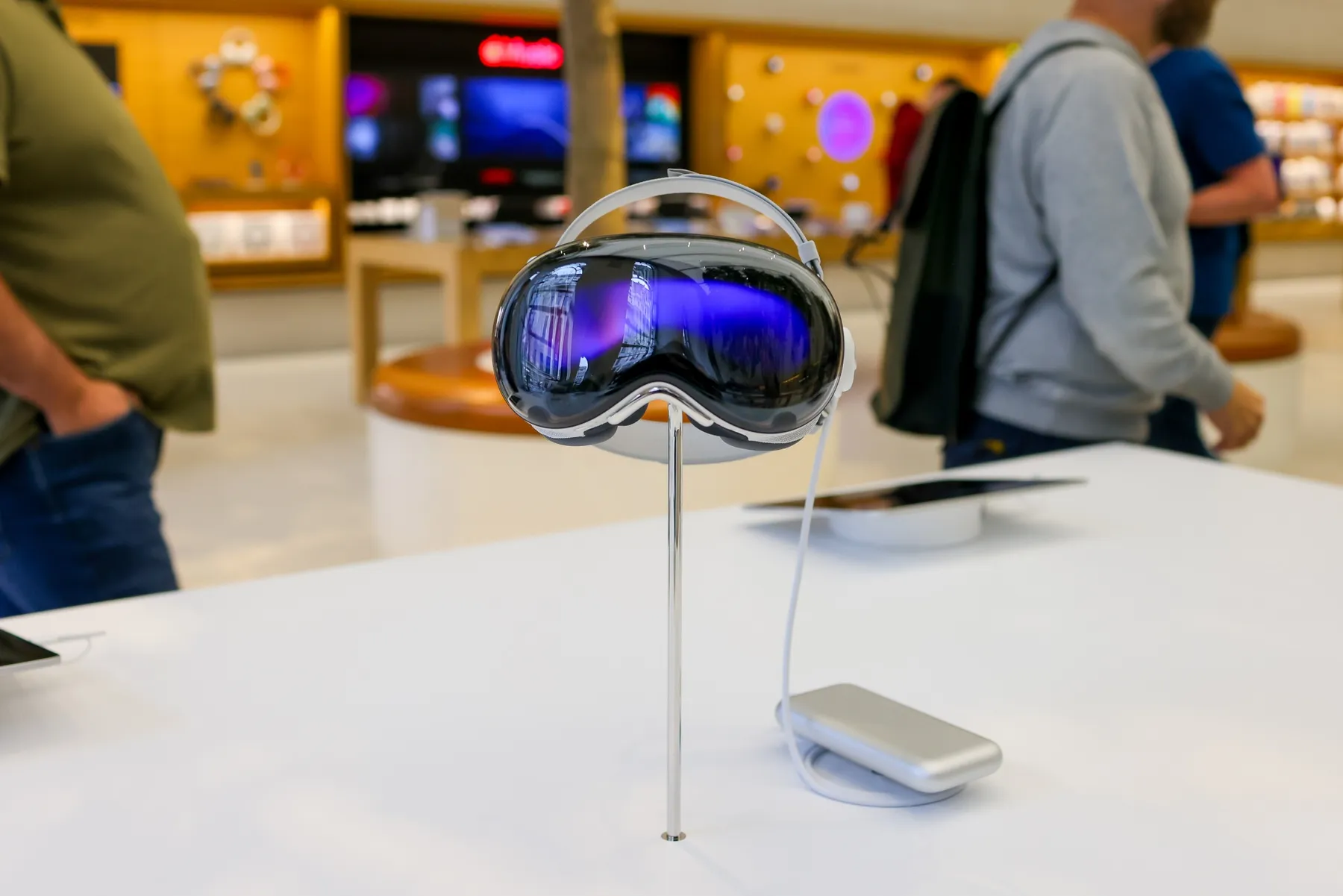The Pixel Watch 3, Google’s latest wearable, takes a big leap for Android devices with the introduction of precise Bluetooth tracking. This innovative feature enhances location accuracy, moving beyond the usual Bluetooth range estimates to provide a much more accurate pinpointing of connected items and devices. It’s an exciting development that promises to improve how Android users find lost items and interact with their smart environments.
Key Takeaways:
- The Pixel Watch 3 is the first Android device with precise Bluetooth tracking.
- It offers more accurate location detection for connected items, going beyond simple range estimations.
- This feature uses Ultra-Wideband (UWB) technology, similar to Apple’s AirTag.
- Precise tracking works with compatible Android devices and accessories.
- Google aims to enhance its Find My Device network for Android users.
- Users can expect better navigation to lost items and more reliable proximity alerts.
Understanding Precise Bluetooth Tracking
Bluetooth has long been a reliable technology for short-range wireless communication, connecting devices like headphones, smartwatches, and smart home products. But when it comes to locating things, Bluetooth has traditionally been limited to proximity detection. In other words, it could tell you if an item was nearby, but not necessarily where it was. This could lead to frustrating situations when you’re trying to find an item, only to realize it’s just out of reach or hidden under something.
That all changes with the Pixel Watch 3’s new feature, which integrates Ultra-Wideband (UWB) technology. UWB is a short-range radio technology that operates over a broad frequency spectrum, enabling it to measure distance with far greater precision than standard Bluetooth. Unlike Bluetooth, which gauges distance based on signal strength (easily influenced by walls, furniture, or other obstacles), UWB tracks how long it takes radio waves to travel between devices. This Time-of-Flight (ToF) measurement provides highly accurate distance and directional info.
To put it simply: regular Bluetooth tells you if someone is in the house, but UWB tells you exactly which room they’re in and points you in the right direction. This level of precision is what makes the Pixel Watch 3’s tracking feature so appealing.
The Role of Ultra-Wideband (UWB)
UWB isn’t new technology—Apple introduced it in consumer devices with the AirTag, a small tracker designed to help users find lost items. When paired with UWB-enabled iPhones, AirTags provide directional guidance to help users locate misplaced things, even when they’re hidden. Google’s inclusion of UWB in the Pixel Watch 3 brings this precise tracking capability to the Android ecosystem.
The magic of UWB lies in its ability to send and receive very short radio pulses across a wide frequency range. This broad spectrum helps UWB signals avoid interference, especially from obstacles that would normally throw off Bluetooth signals. By measuring the time it takes for these pulses to travel, UWB can pinpoint a device’s location within just a few centimeters—an impressive upgrade over the meter-level accuracy that Bluetooth usually offers.
Beyond tracking, UWB enables smarter interactions. Imagine walking into a smart home where the lights automatically adjust based on your exact position in a room, or devices that connect to your Pixel Watch 3 as you approach, all without the need for manual pairing. These are just a few examples of what UWB can make possible, and the Pixel Watch 3 is leading the way in bringing this functionality to Android users.
Enhancing the Android Find My Device Network
Google has been working to strengthen its Find My Device network, which is designed to help users locate lost devices, much like Apple’s network. The Pixel Watch 3’s precise Bluetooth tracking plays a key role in this effort.
With UWB, the watch can detect the exact location of a compatible lost item within a specific range. This info can be sent anonymously to Google’s Find My Device network, which relies on crowdsourcing to help locate lost items. In practice, if a UWB-enabled Android device is lost, any nearby UWB-enabled Android device could contribute location data to help the item’s owner find it. The more UWB devices that are part of the network, the more effective it becomes at locating lost belongings.
By integrating UWB into the Pixel Watch 3, Google is signaling its commitment to creating a more accurate and robust tracking ecosystem for Android users. This technology will make it easier to find lost keys, wallets, and even a missing Pixel phone, provided it’s within range of your watch.
User Experience and Practical Applications
The Pixel Watch 3’s precise Bluetooth tracking is designed to make everyday tasks simpler and less stressful, especially when it comes to finding lost items.
Finding Lost Items with Precision
Rather than just knowing your keys are “nearby,” the Pixel Watch 3 can guide you directly to them. The watch could display directional arrows and distance indicators, so you know exactly where to look—whether your keys are under the couch cushions or in another room. No more guessing or endlessly retracing your steps.
Enhanced Proximity Alerts
What if you accidentally leave your wallet behind at a café? If your wallet has a UWB tracker, your Pixel Watch 3 could notify you as soon as you step out of range. This alert would give you a crucial window to go back and retrieve your item, long before the Bluetooth connection drops entirely.
Seamless Device Hand-offs
As UWB becomes more widely adopted, the Pixel Watch 3 could facilitate smooth transitions between devices. For example, if you’re listening to music on your watch and walk into a room with a UWB-enabled smart speaker, the music could automatically transfer to the speaker without any manual pairing. It’s a seamless experience made possible by precise tracking.
Smart Home Integration
In a smart home environment, the Pixel Watch 3 could be used as the brain behind automated actions. UWB could adjust lighting or trigger appliances as you enter or leave a room, ensuring your space is always in tune with your location. This goes beyond simple motion detection and creates an intuitive, context-aware environment.
Improved Security
UWB’s accuracy could also enhance security. For example, keyless entry systems in homes or vehicles could become more secure by verifying that the authorized device is in close proximity before allowing access. UWB’s precise measurements could make sure that only the right person has access.
Ultimately, the goal of the Pixel Watch 3’s new tracking capabilities is to make interactions with your devices more intuitive, reducing the mental effort usually involved in locating items and managing smart environments.
Compatibility and Future Outlook
To take full advantage of precise Bluetooth tracking on the Pixel Watch 3, other devices in the ecosystem need to support UWB. While the availability of UWB-enabled Android accessories is growing, it’s still a developing space. Google and other manufacturers are expected to introduce more UWB-enabled devices in the future, helping create a seamless ecosystem.
This development shows that Google is serious about building a robust UWB ecosystem for Android. It’s just the beginning of a future where devices—whether smartphones, tablets, or smart home products—work together to provide precise location tracking and more intuitive interactions.
Looking ahead, UWB could redefine how we interact with our devices, making them more spatially aware and contextually responsive. Whether it’s finding lost items, navigating complex spaces, or creating smarter environments, UWB holds the potential to transform everyday experiences for Android users.
FAQ
Q1: What exactly is “precise Bluetooth tracking” on the Pixel Watch 3?
A1: Precise Bluetooth tracking on the Pixel Watch 3 uses Ultra-Wideband (UWB) technology to locate nearby items with much greater accuracy than traditional Bluetooth. UWB measures both distance and direction, offering precision down to a few centimeters.
Q2: How is this different from regular Bluetooth tracking?
A2: Regular Bluetooth tracking only tells you if an item is within range, while UWB provides detailed directional information, helping you find the exact location of your lost items.
Q3: Does the Pixel Watch 3’s precise tracking work with all Android phones and accessories?
A3: The feature works with UWB-enabled devices. While the Pixel Watch 3 is the first Android device with this technology, more UWB-compatible Android devices are expected in the future.
Q4: Can I use the Pixel Watch 3 to find my lost phone with this feature?
A4: Yes, if your lost phone has UWB technology and is within range of your Pixel Watch 3, you can use the watch to precisely locate it, with possible directional guidance.
Q5: Is this technology similar to Apple’s AirTag?
A5: Yes, both the Pixel Watch 3’s precise tracking and Apple’s AirTag use UWB technology to provide accurate location tracking.
Q6: How does precise Bluetooth tracking improve the Find My Device network?
A6: With UWB, the Pixel Watch 3 and other UWB-enabled devices can contribute highly accurate location data to the Find My Device network, making it easier to track lost items, even in crowded or complex environments.
Q7: Will precise Bluetooth tracking drain my Pixel Watch 3’s battery faster?
A7: UWB is designed to be power-efficient, with short pulse transmissions that minimize battery drain. Engineers have optimized this feature to ensure it won’t significantly affect the watch’s overall battery life during normal use.







